Quality and Expertise in Disinfection
Family-owned Swiss company for chemical-technical specialty products since 1982
Manufacture and worldwide distribution of patented hydrogen peroxide-based disinfectants
Disinfectants for water, surfaces and air (3D Room Disinfection)
Family-owned Swiss company for chemical-technical specialty products since 1982
Manufacture and worldwide distribution of patented hydrogen peroxide-based disinfectants
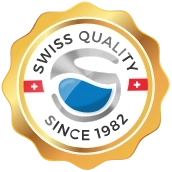
Our disinfection products are used in water, on surfaces and in the air (whole-room disinfection). They are among the top-level products in each case.
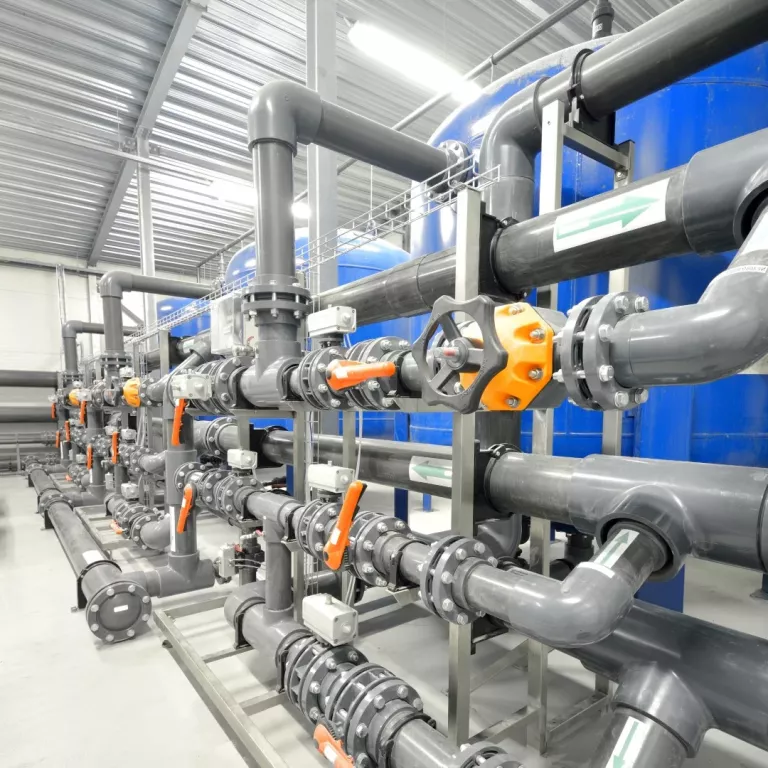
Sanosil disinfectants, through the use of specially stabilized and efficacy-enhanced hydrogen peroxide, are among the most effective products in this field

Sanosil disinfectants do not contain large quantities of dissolved solids.
Therefore, they do not leave sticky surfaces even after repeated use
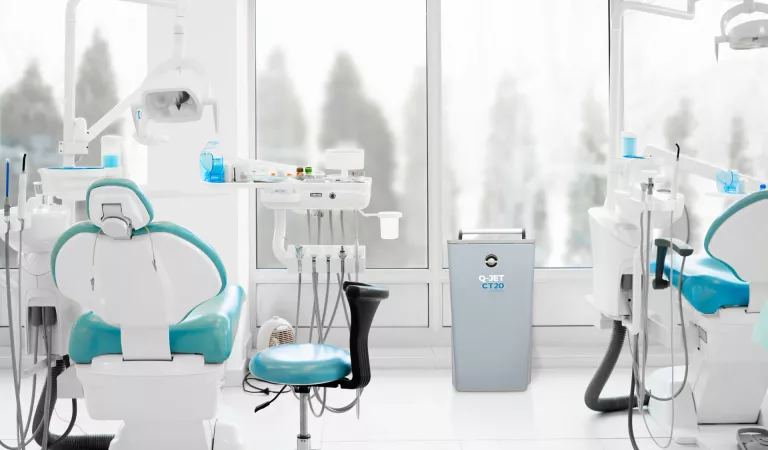
Automated 3-dimensional aerosol room disinfection closes the efficacy gaps of manual spray-wipe disinfection and optimizes its effectiveness
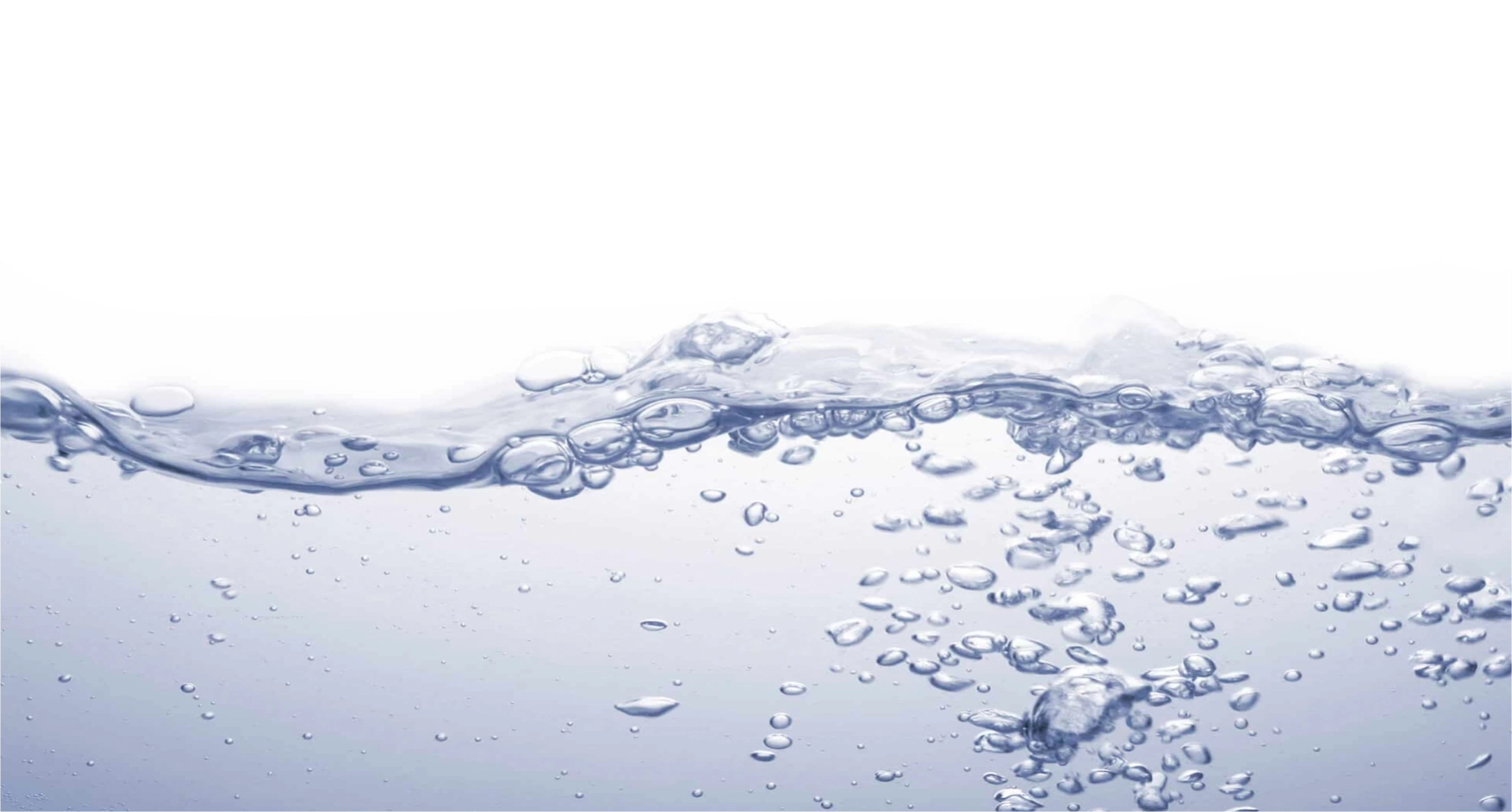
Sanosil disinfectants are among the most effective products in this field thanks to the use of specially stabilized and enhanced hydrogen peroxide
The effectiveness, particularly against biofilms, slime deposits, and VBNC (Viable But Non-Culturable) bacteria, is clearly and demonstrably superior to the often-used chlorine and chlorine dioxide. Compared to other oxidizing biocides in water, Sanosil disinfectants are also significantly longer-lasting, allowing for use in long piping systems. As a result, lower effective concentrations can be employed, which significantly reduces corrosion rates. This preserves materials, protects the environment, and reduces ongoing costs. A special advantage of Sanosil disinfectants is also the good environmental compatibility of the active ingredient hydrogen peroxide. During disinfection, it completely decomposes into water and oxygen, and unlike bromine or chlorine, no toxic trihalomethanes are formed
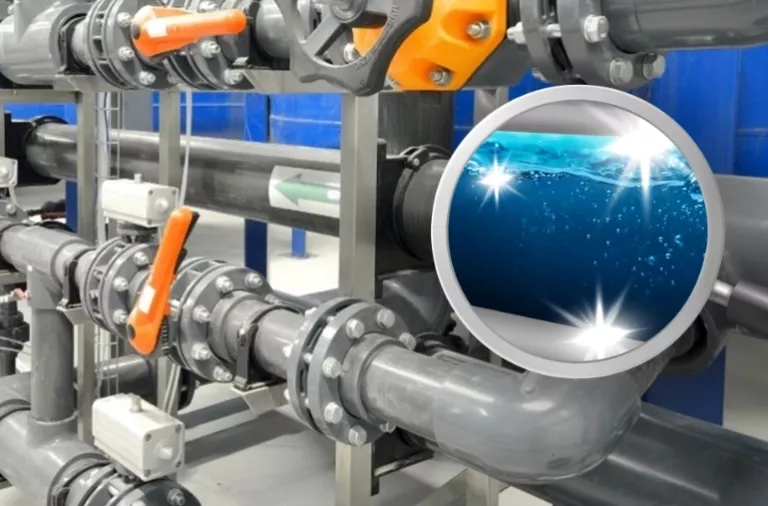

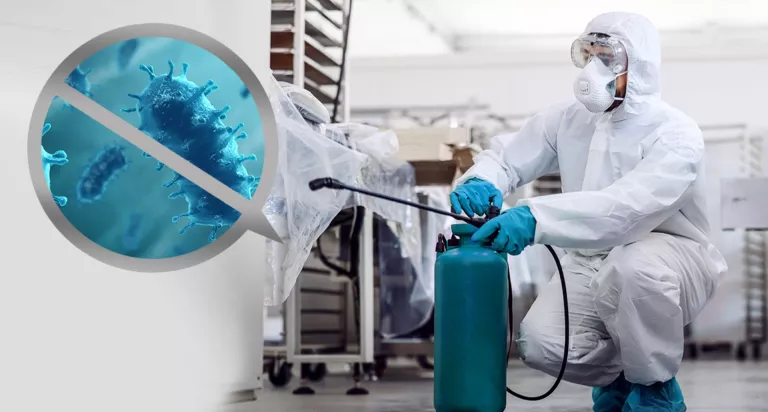
Sanosil disinfectants, due to the minimal amount of solid residues, leave no sticky deposits on disinfected surfaces even with repeated use.
The boosted hydrogen peroxide decomposes into water and oxygen after use, thus exhibiting good environmental compatibility. It does not promote the development of resistance to disinfectants or antibiotics. Sanosil disinfectants also do not emit unpleasant or flammable fumes.
Moreover, most Sanosil disinfectants have a residual effect, significantly inhibiting the rapid recontamination of surfaces. This makes Sanosil surface disinfectants an ideal choice for both commercial and private users.
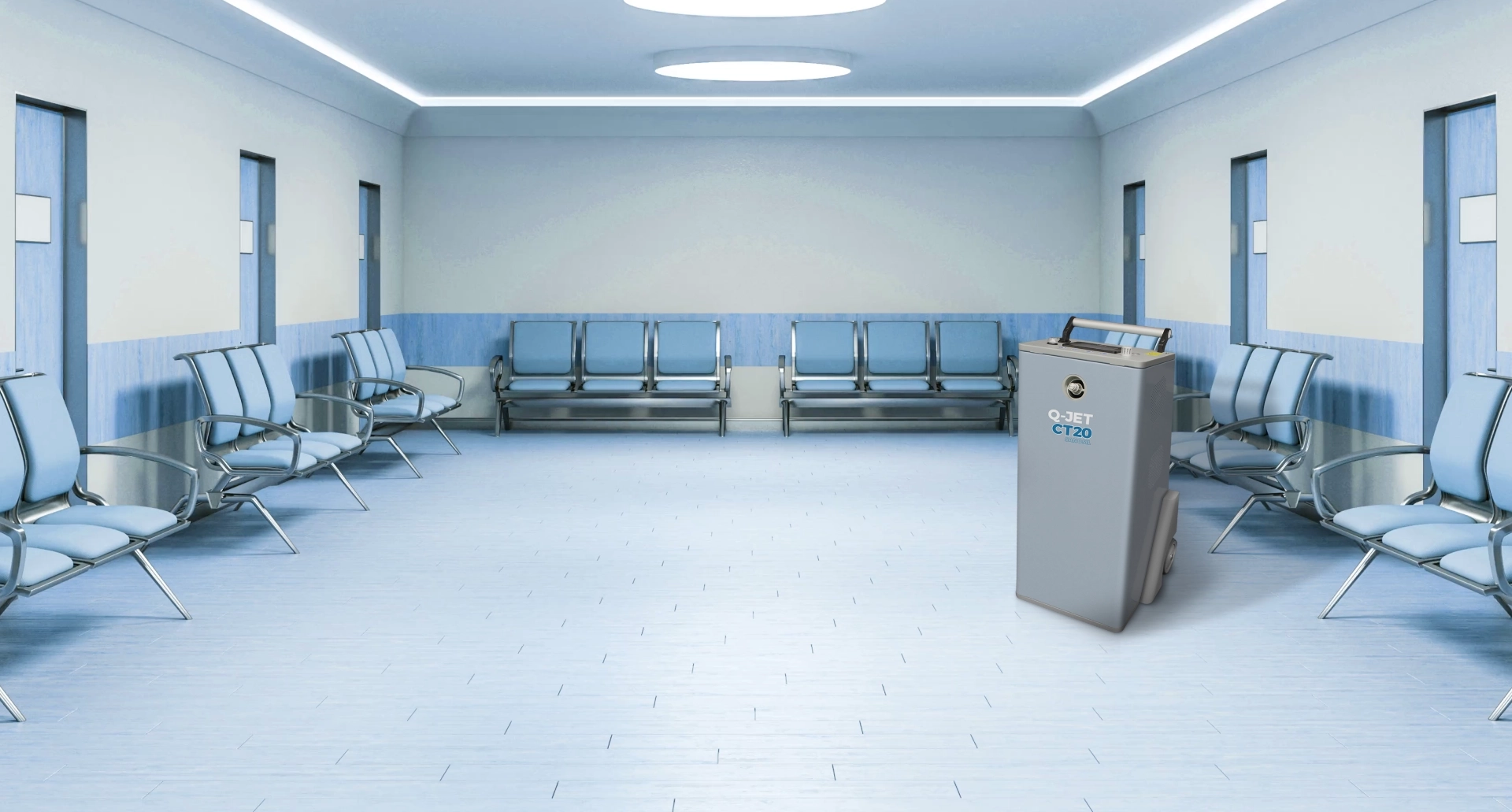
Aerosol application is a method of automated disinfection of entire rooms through the air.
In this process, Sanosil disinfectants are automatically atomized into tiny droplets using an appropriate device. These aerosols then thoroughly cover all surfaces, closing dangerous gaps and ideally complementing traditional manual spray and wipe disinfection. This combination has proven to be one of the most effective methods in combating resistant germs and hospital infections.
Automated, airborne disinfection systems are explicitly mentioned in the EU GMP Annex 1 for use in the pharmaceutical industry and cleanrooms. However, the application is not limited to the medical and pharmaceutical fields. Aerosol disinfection also enhances hygiene and reduces infectious diseases in hotel rooms, laboratories, vehicles, as well as in large offices and conference rooms.
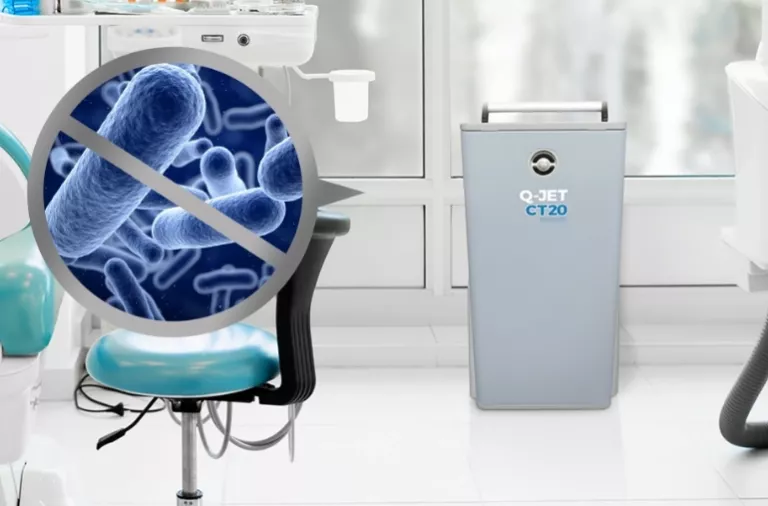
Sanosil disinfectants for aerosol disinfection are particularly impressive due to their catalytically enhanced hydrogen peroxide. As a result, they are comparable to systems using hot steam hydrogen peroxide, which utilize significantly higher H2O2 concentrations. This equivalence is achieved at lower overall costs and with simpler handling.